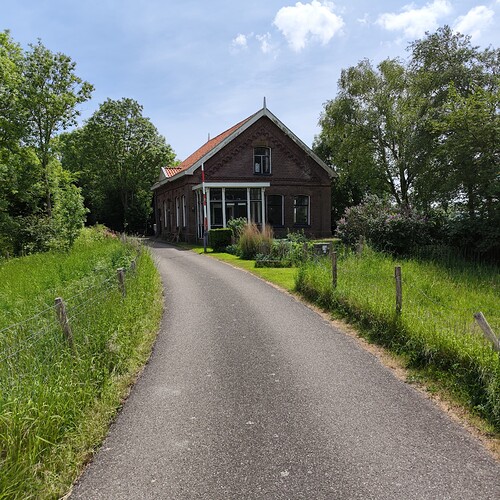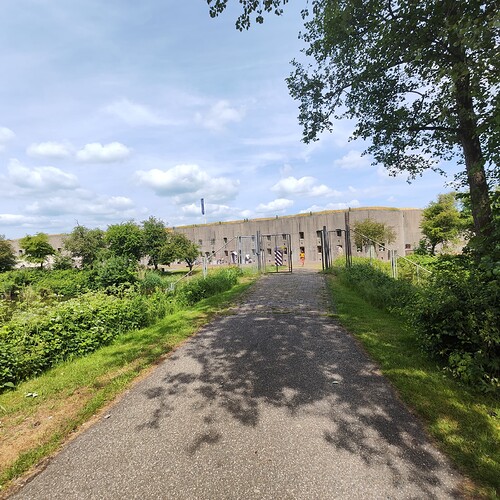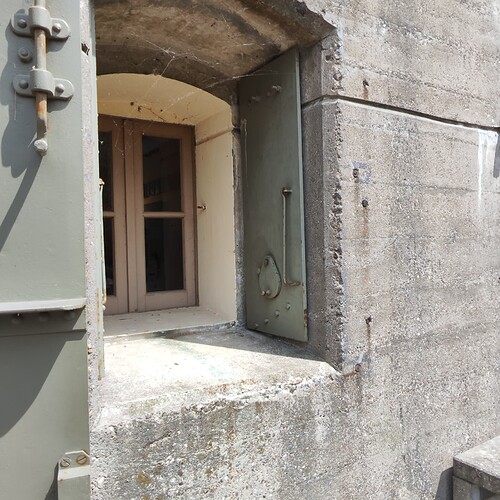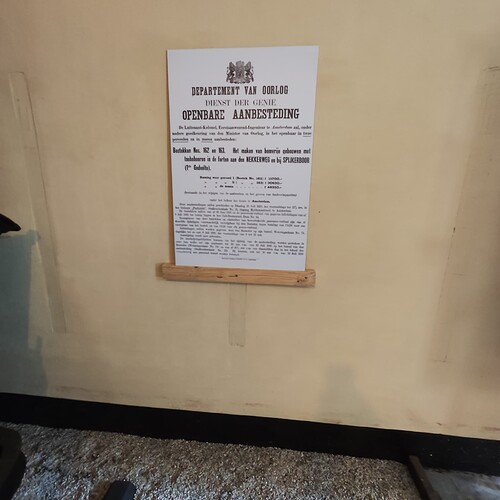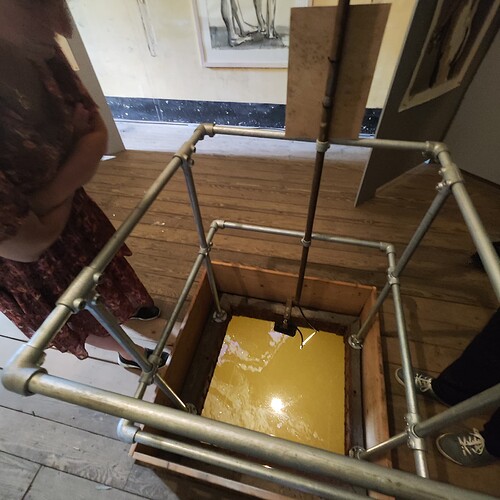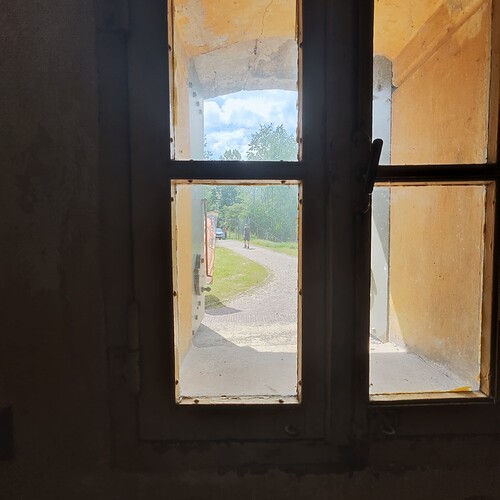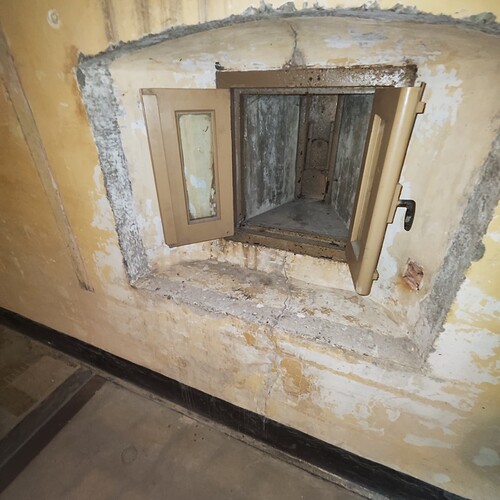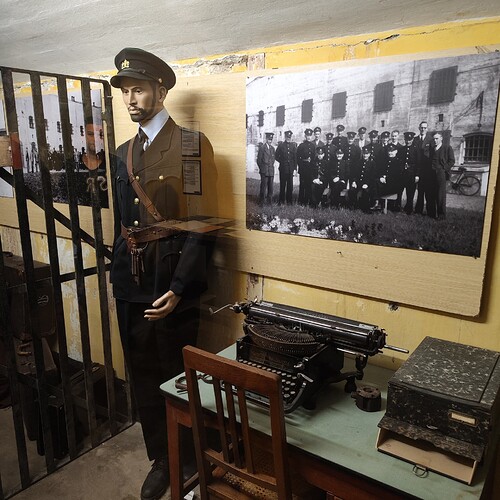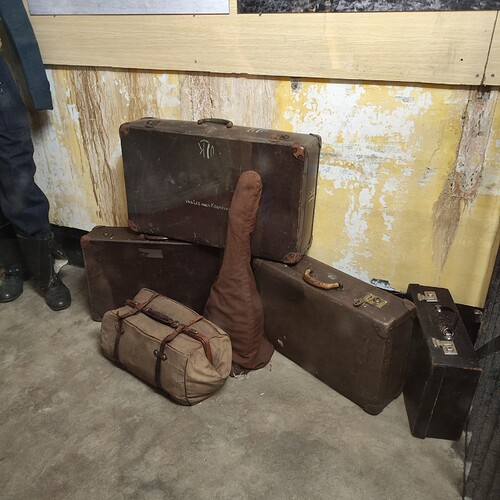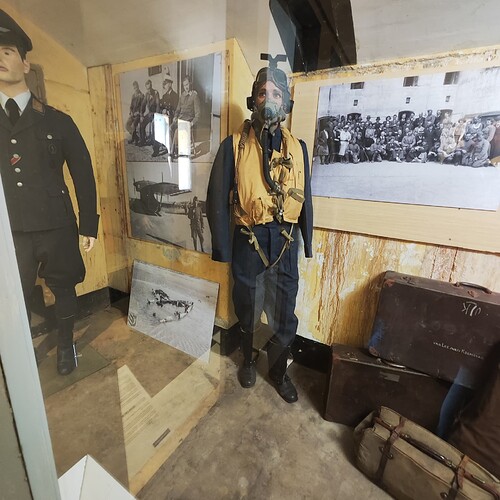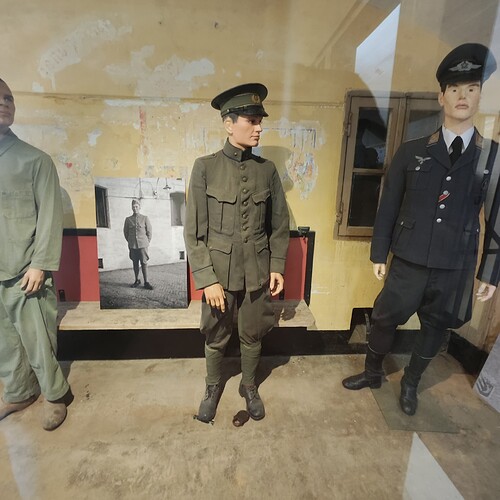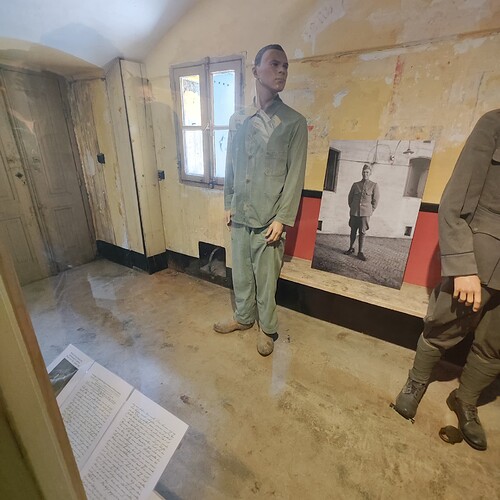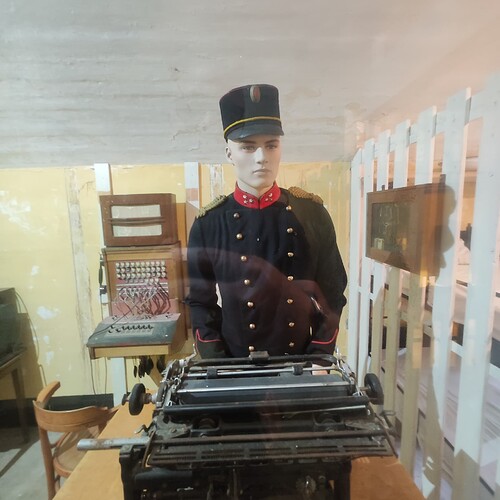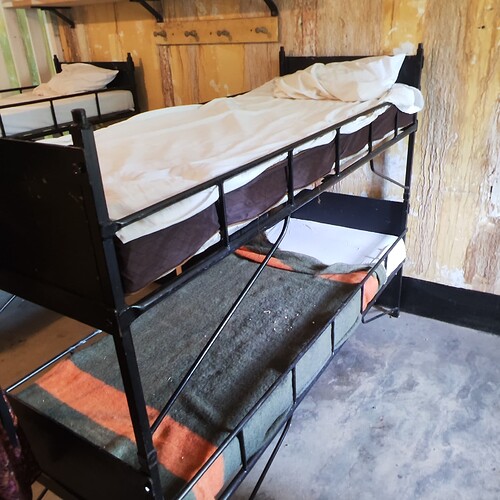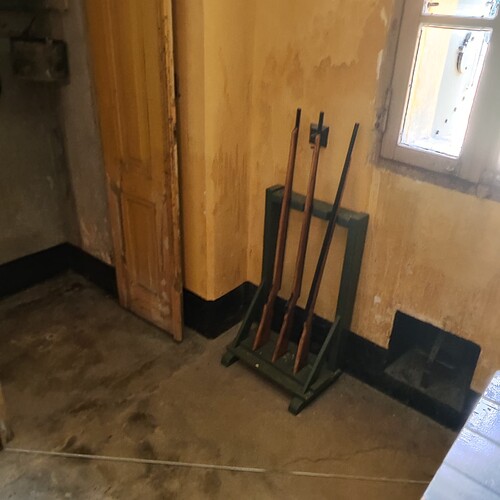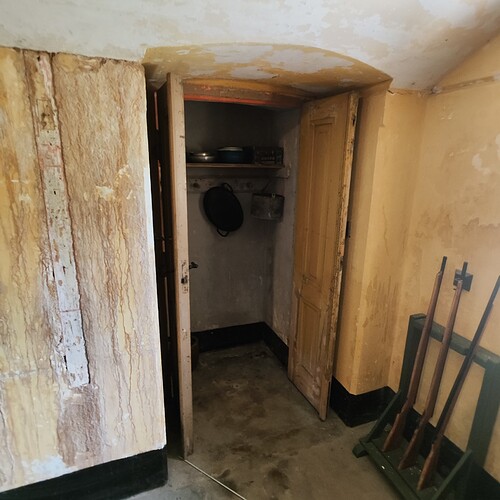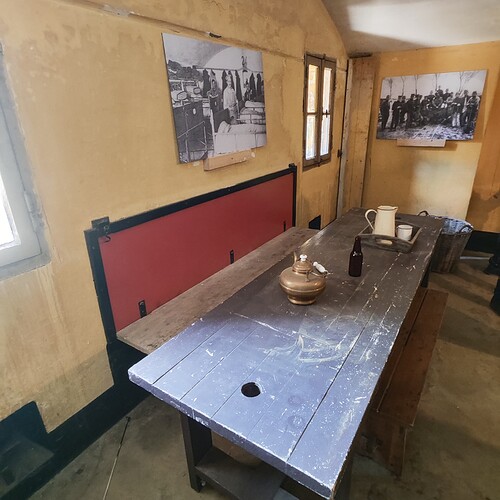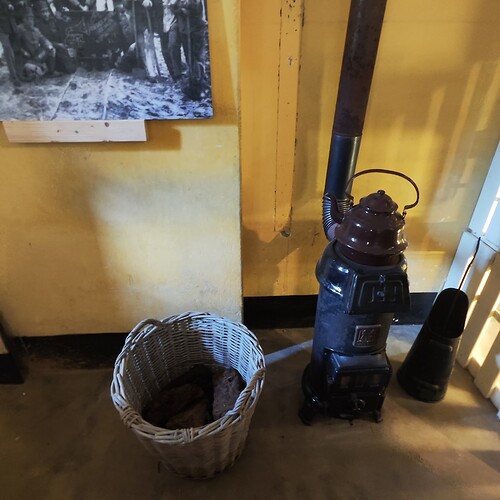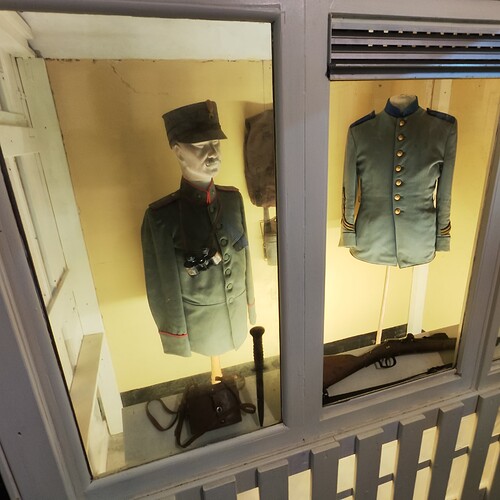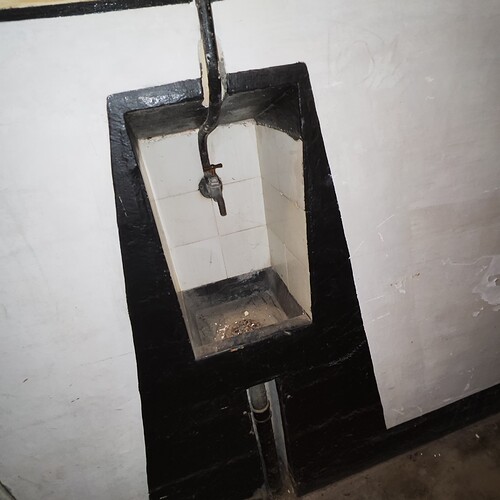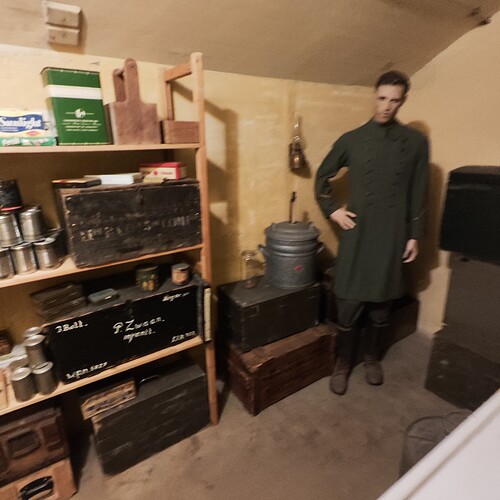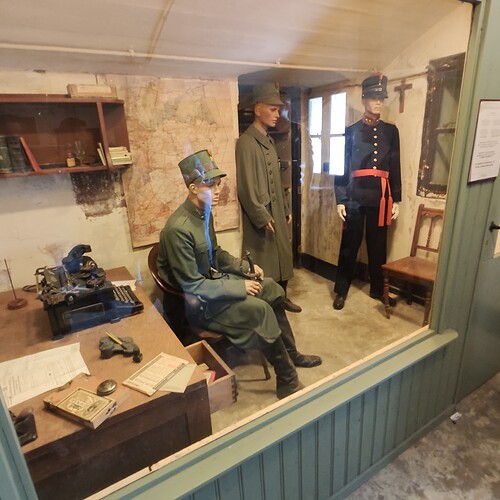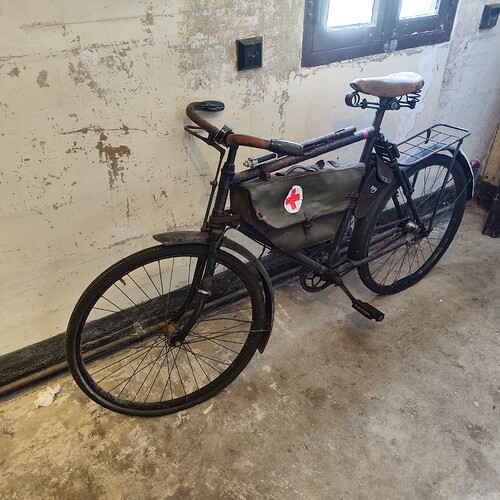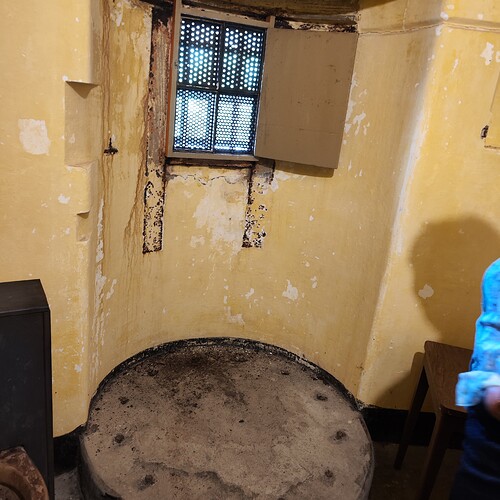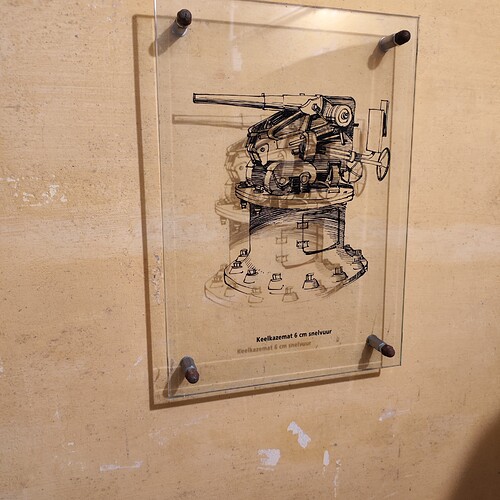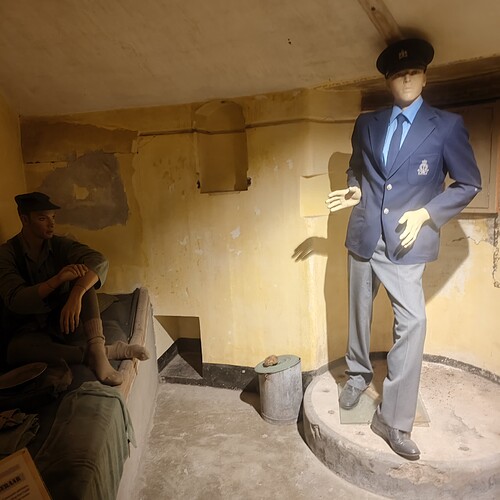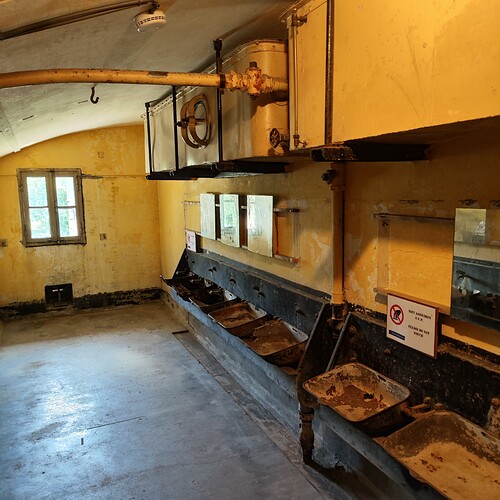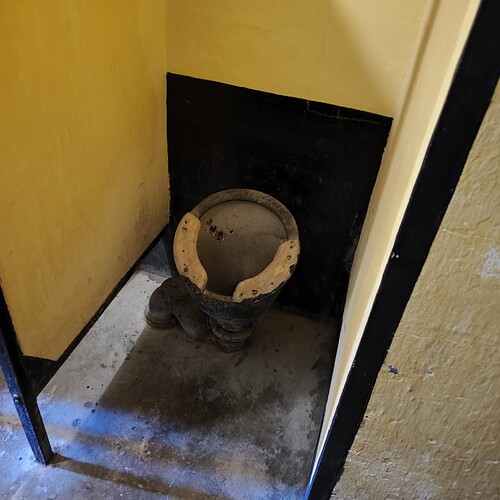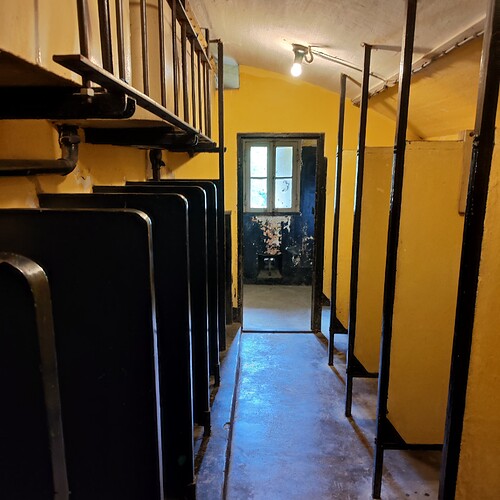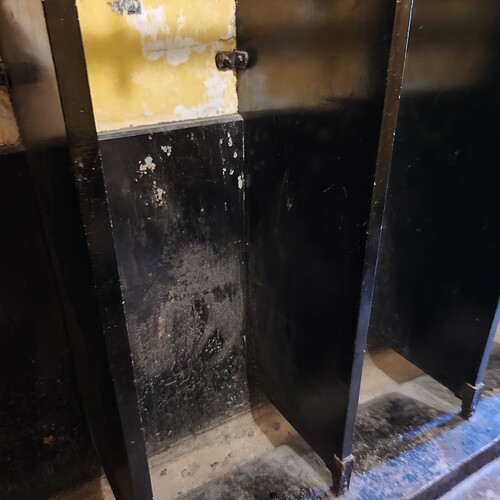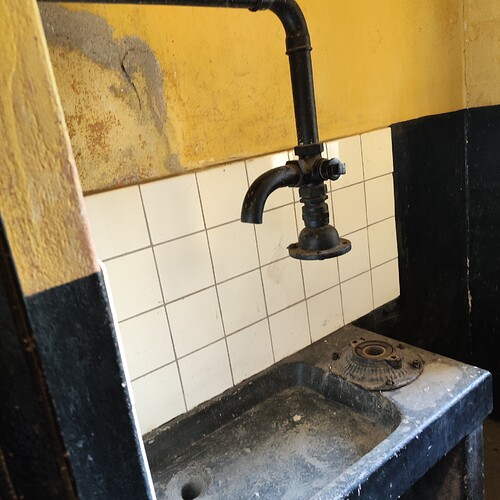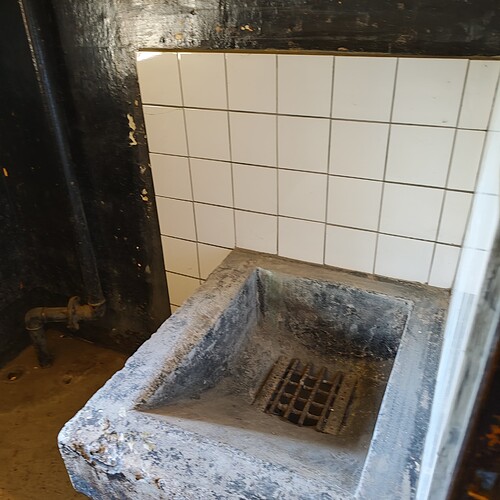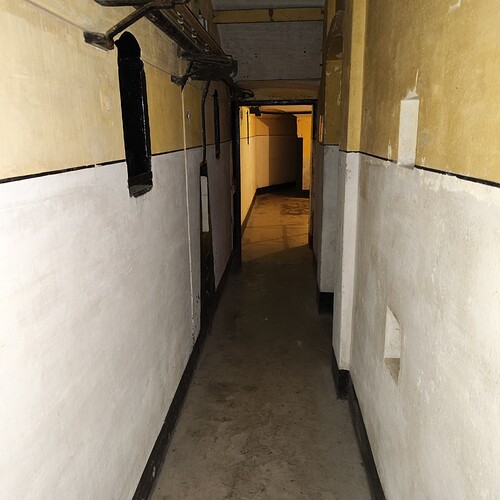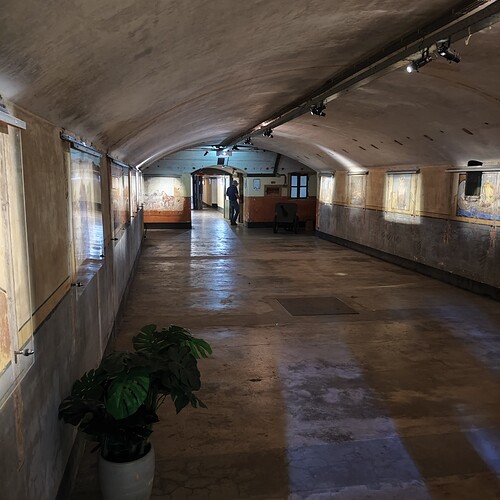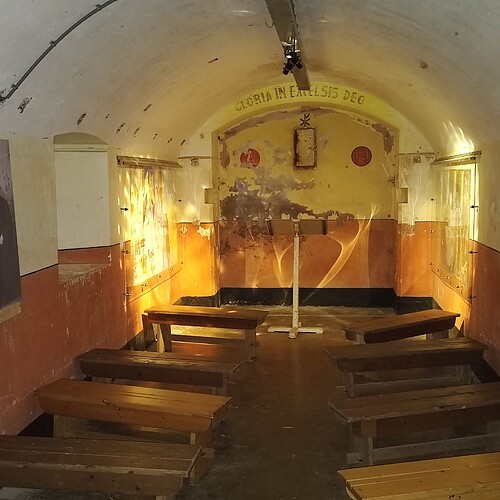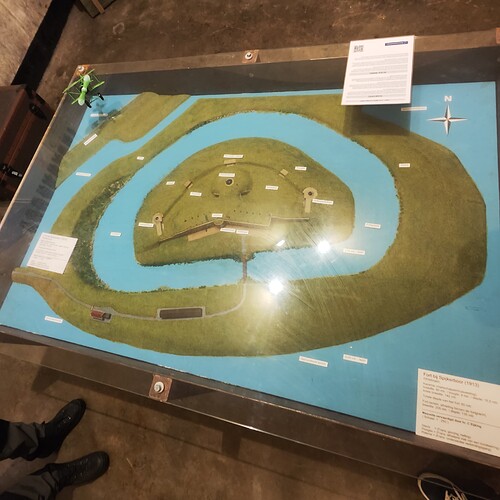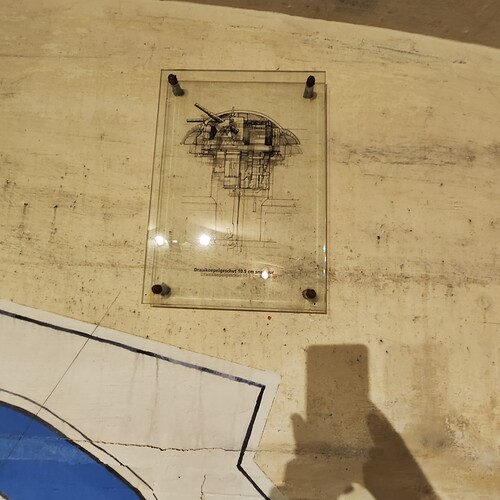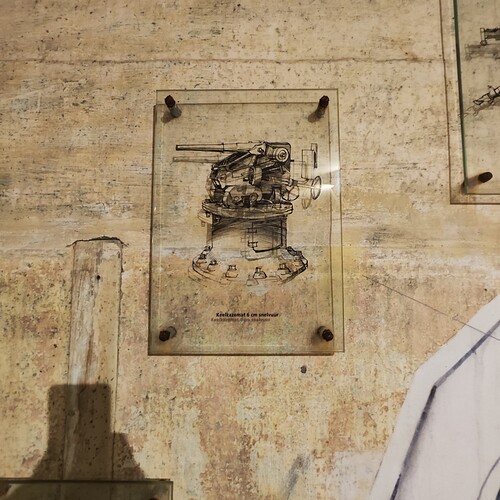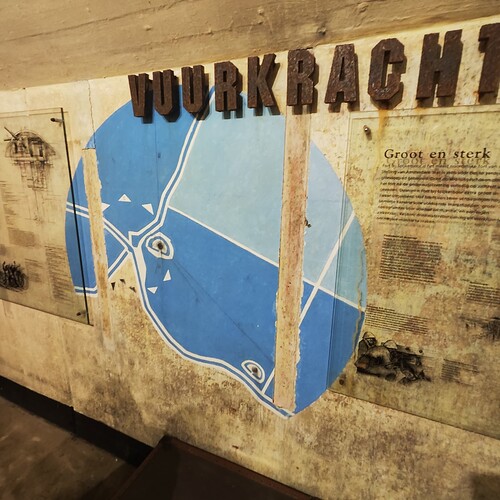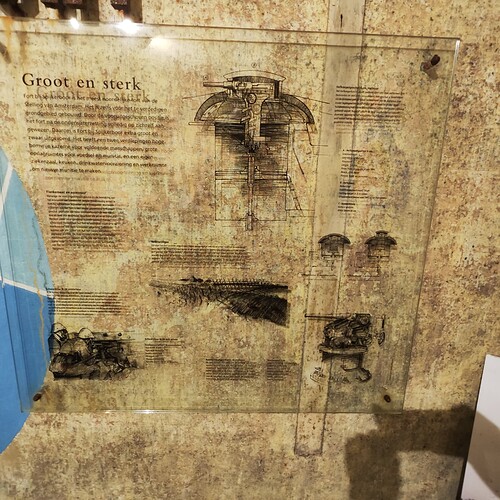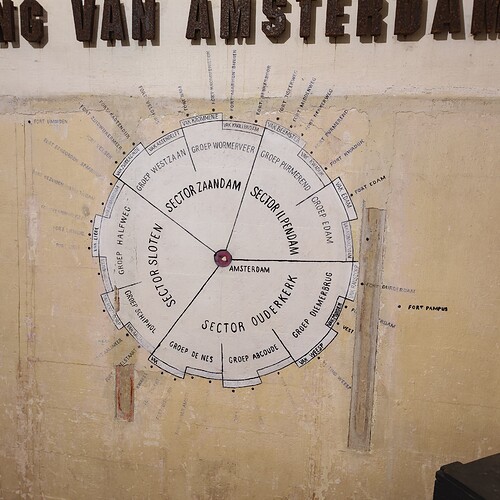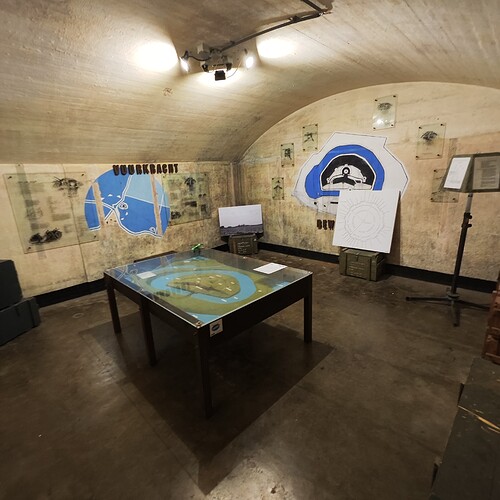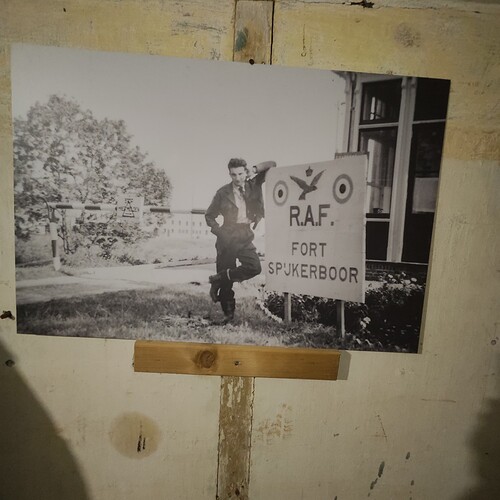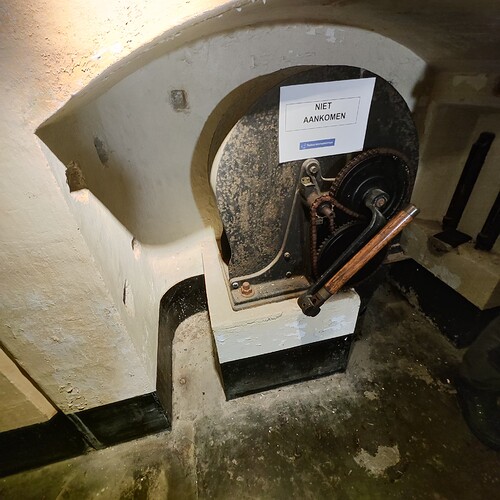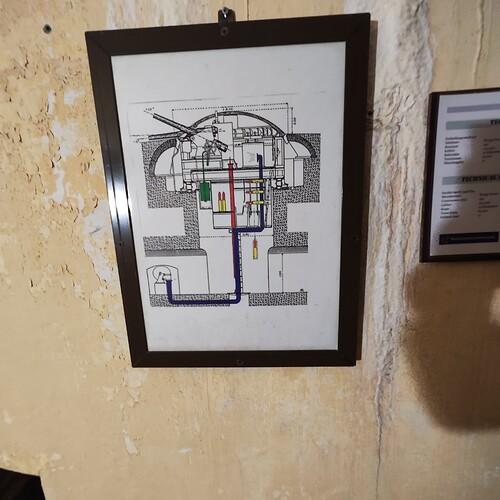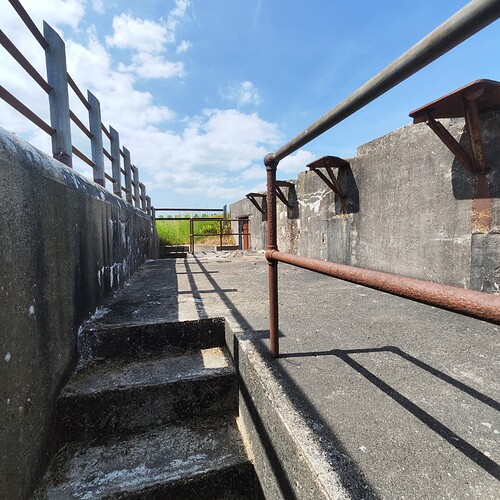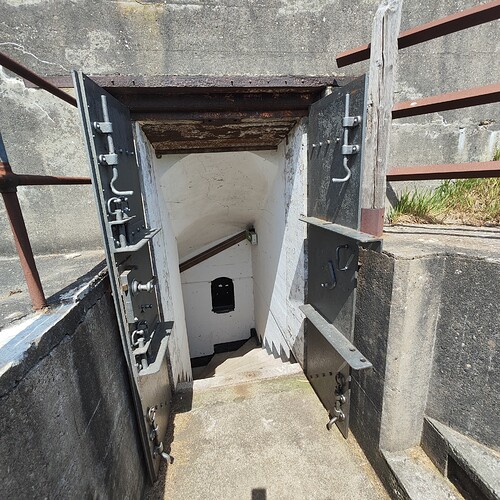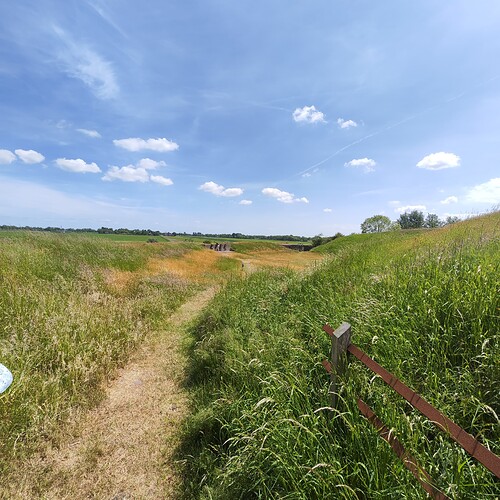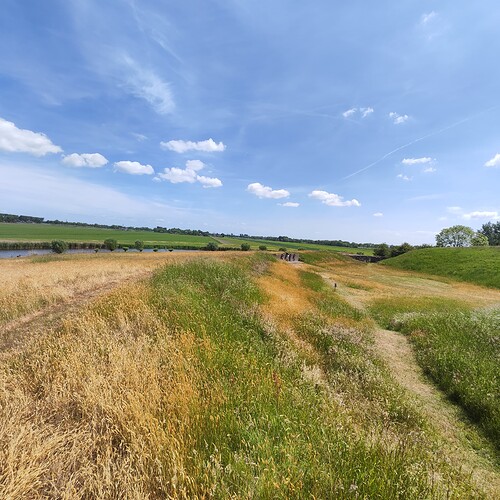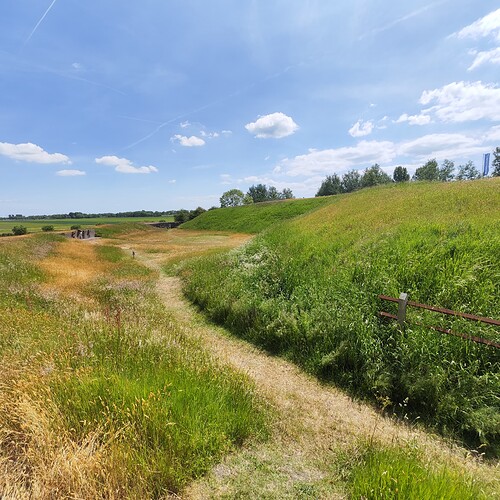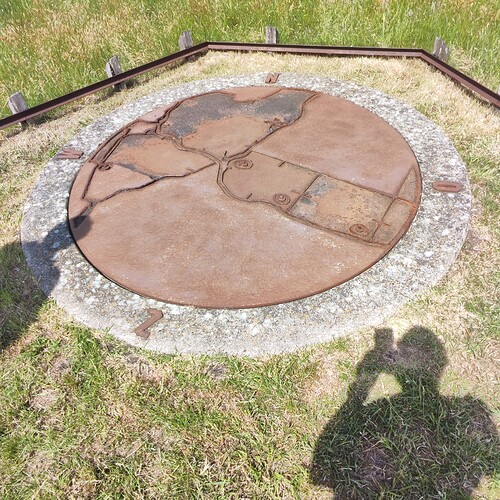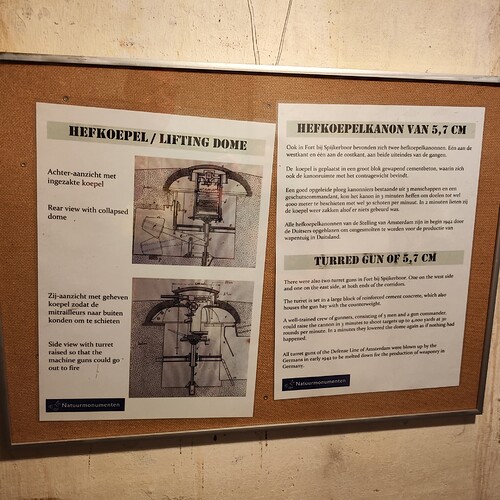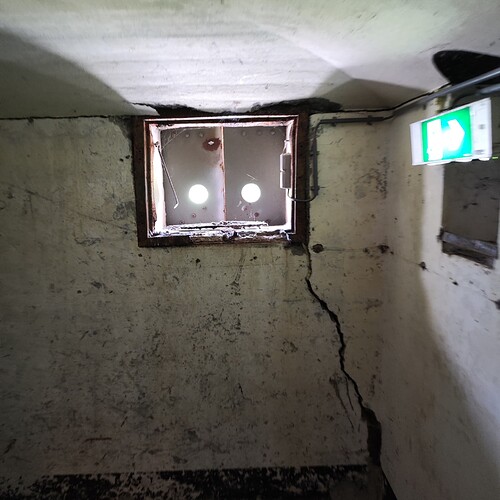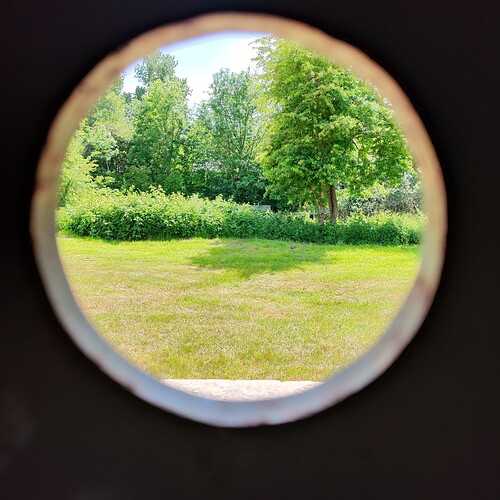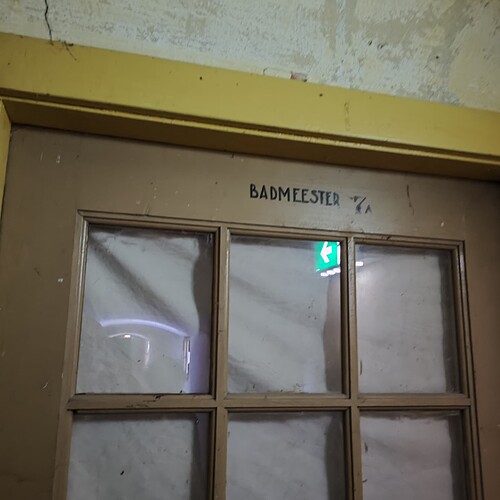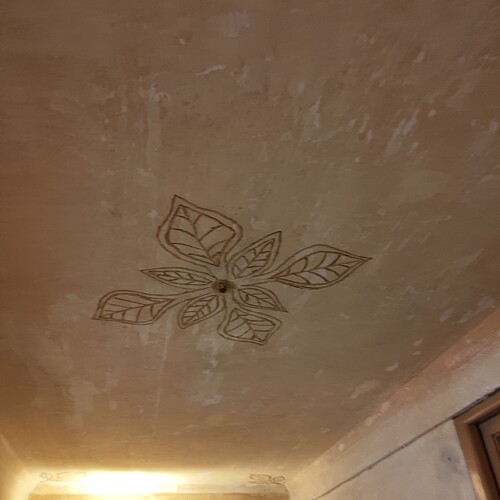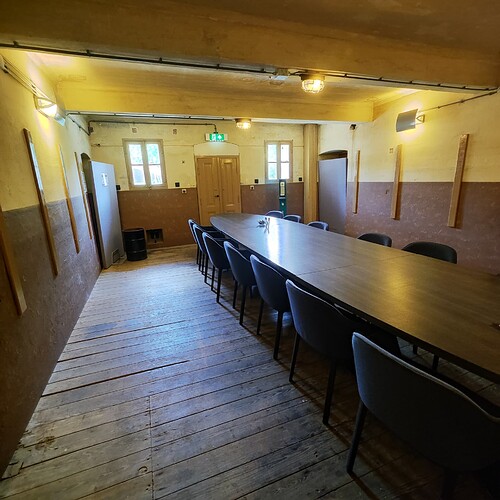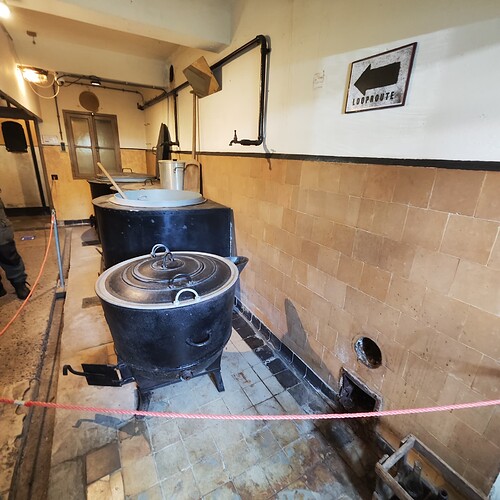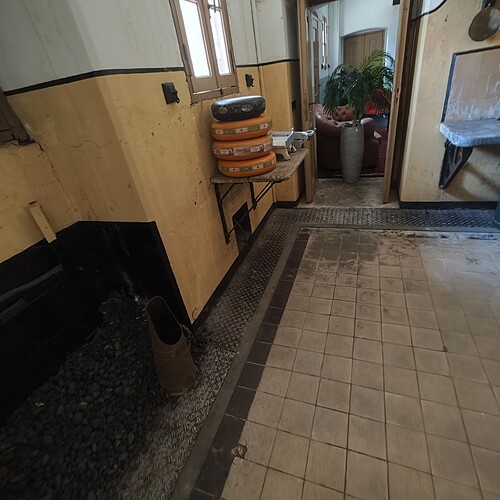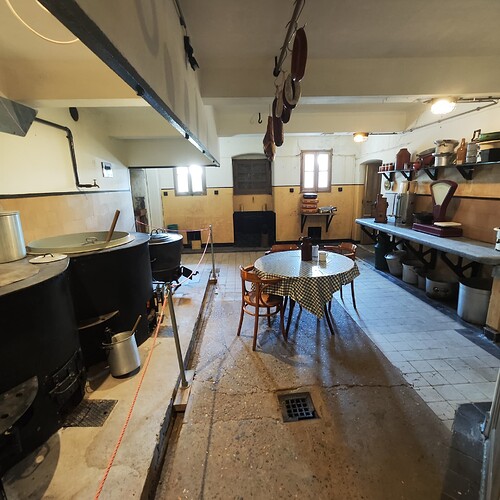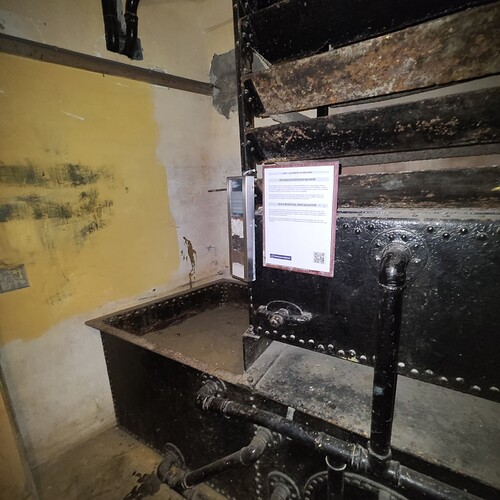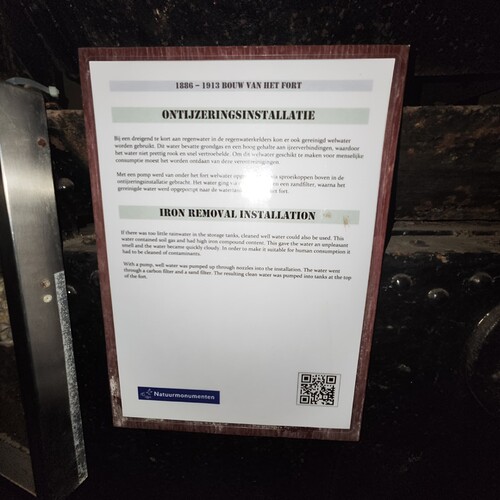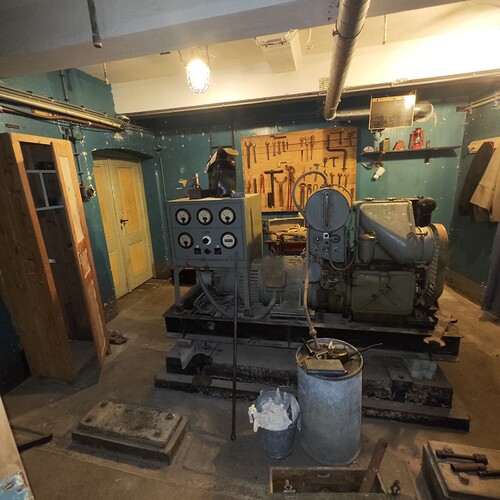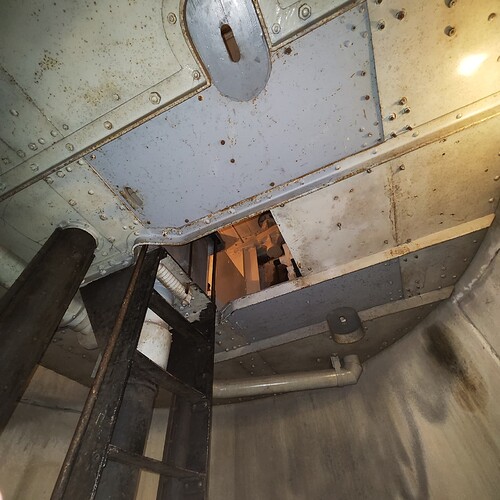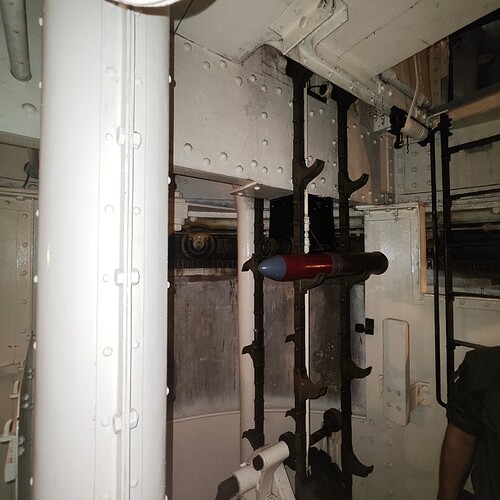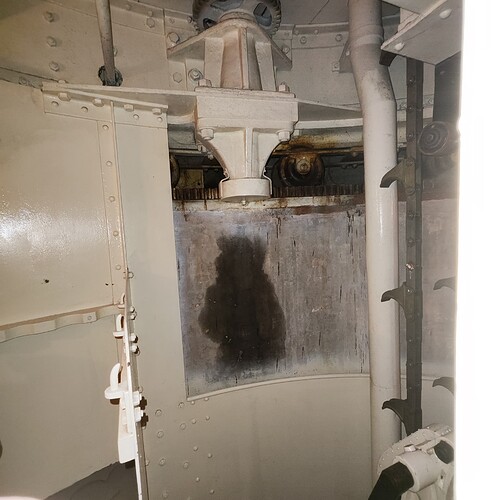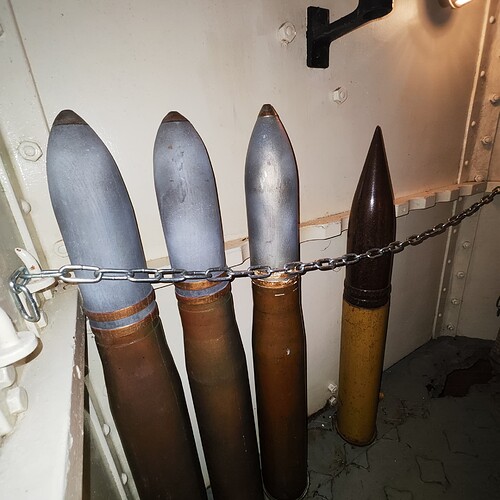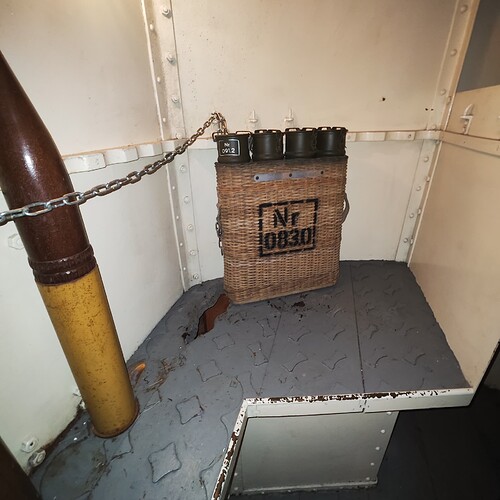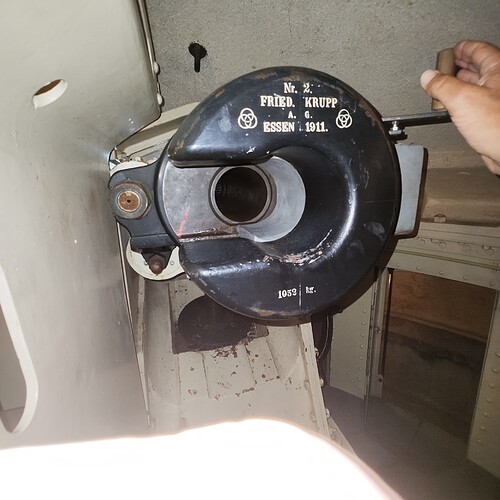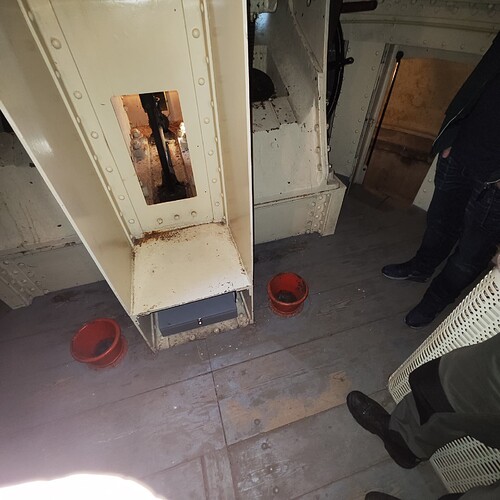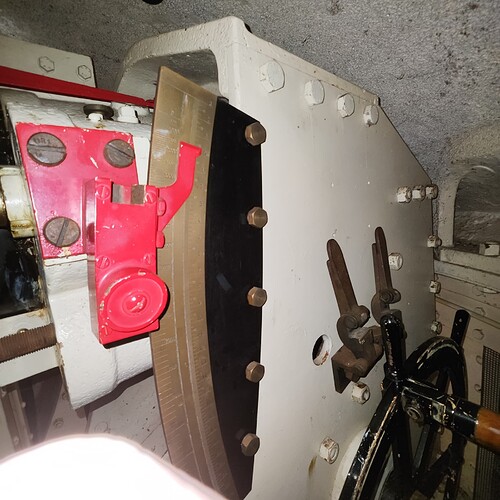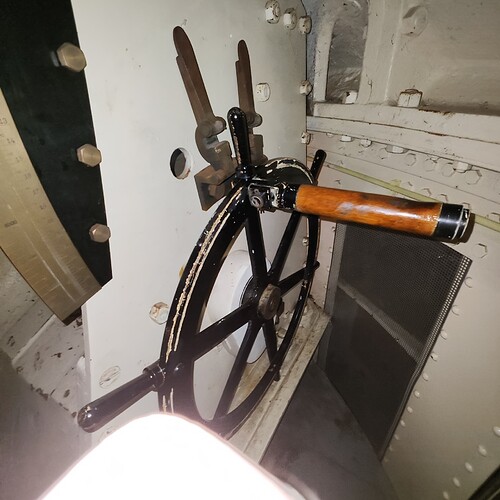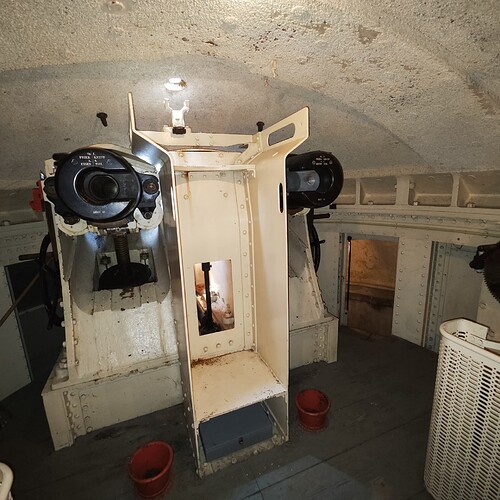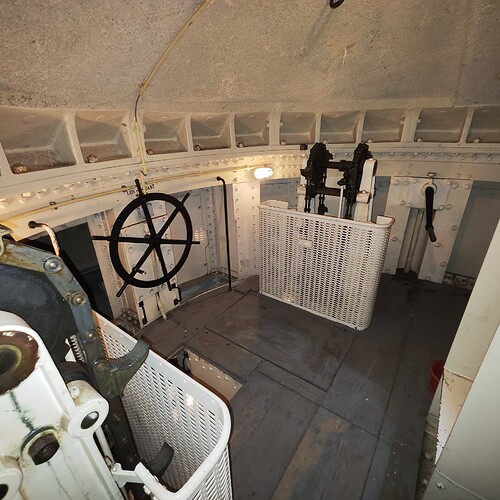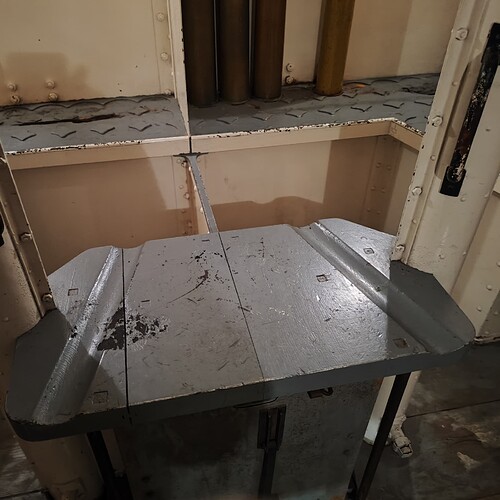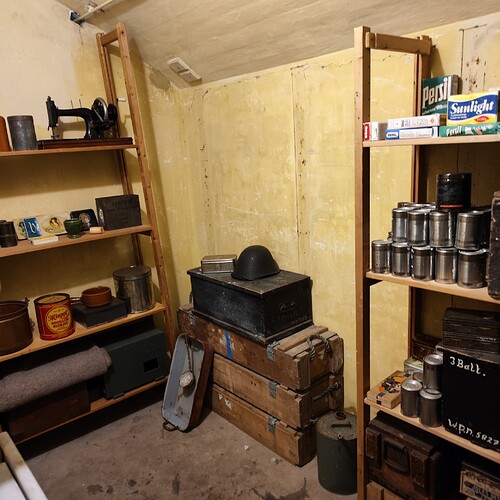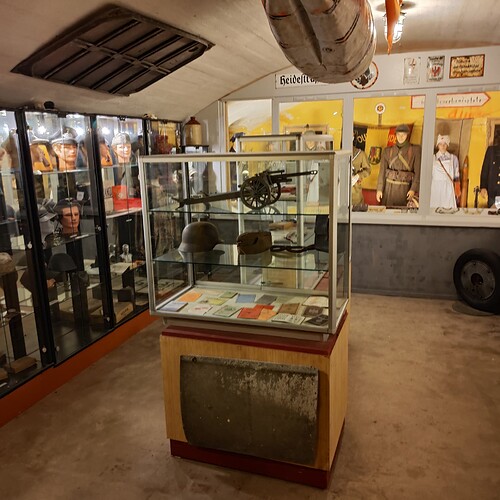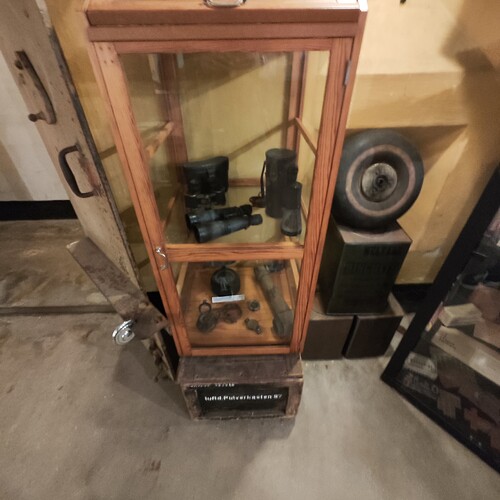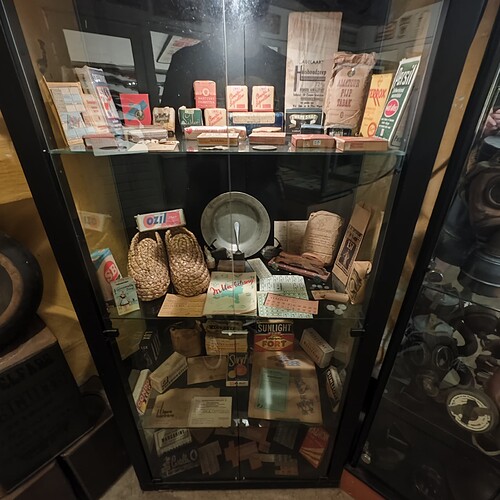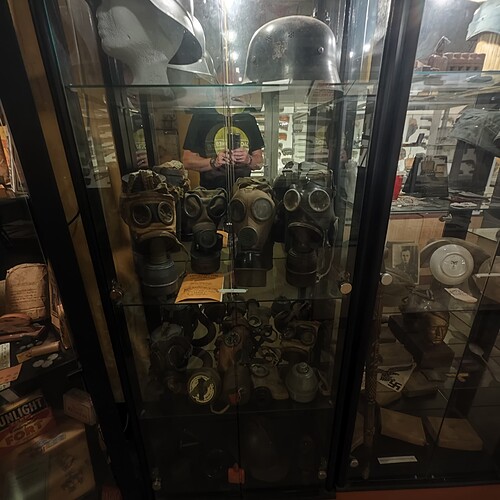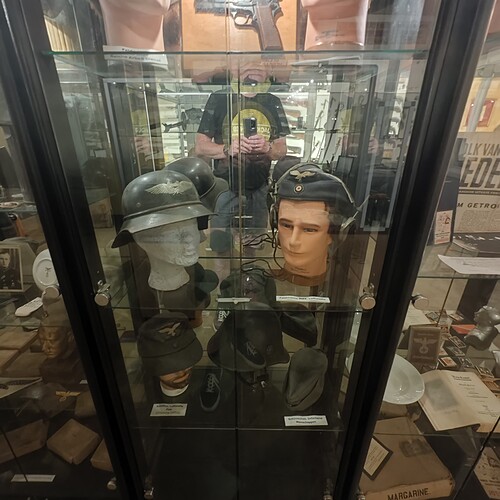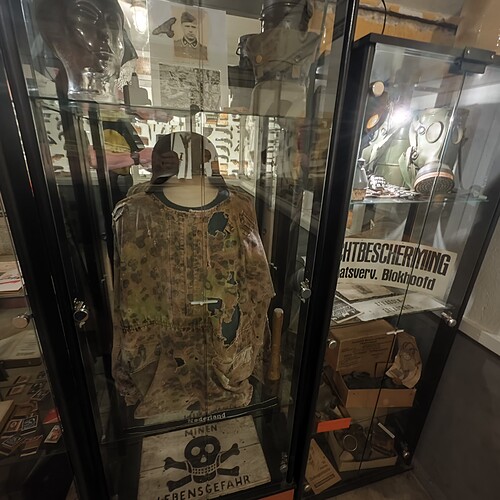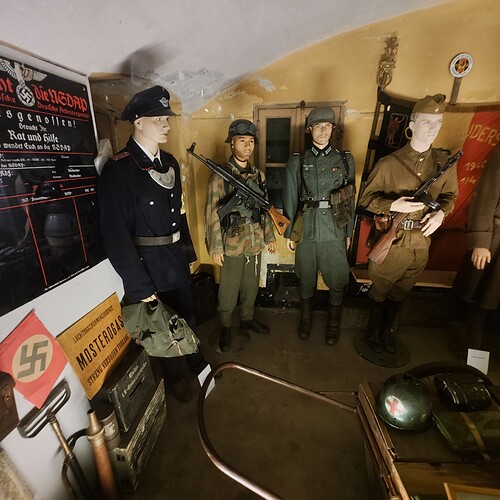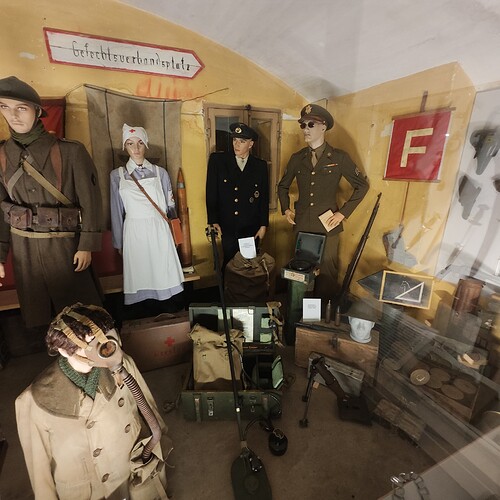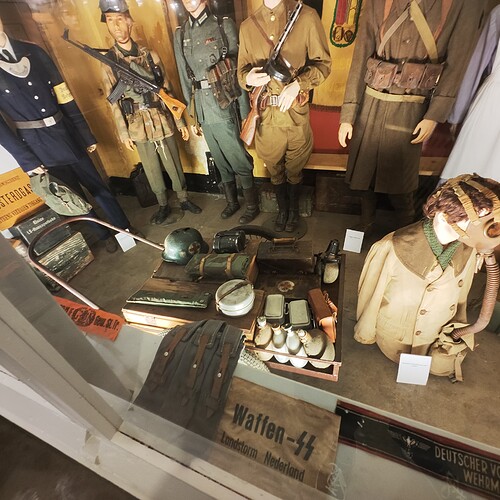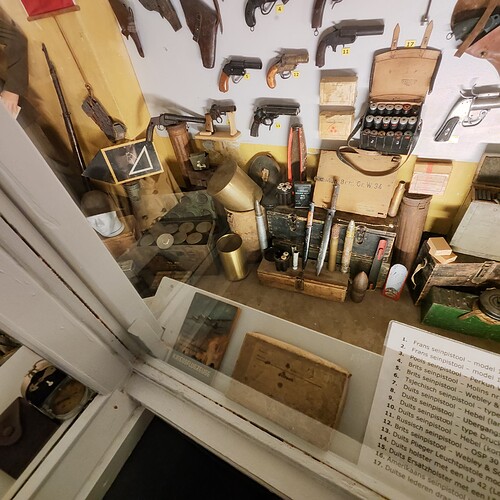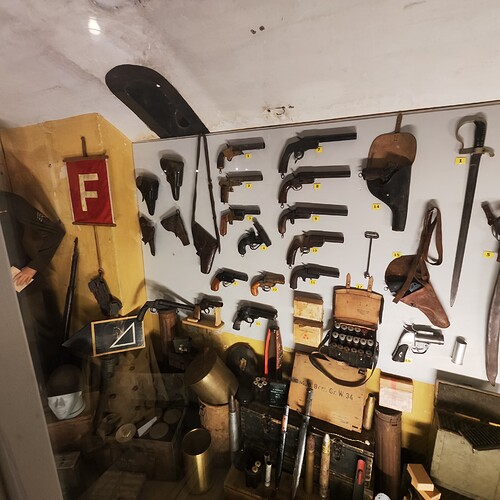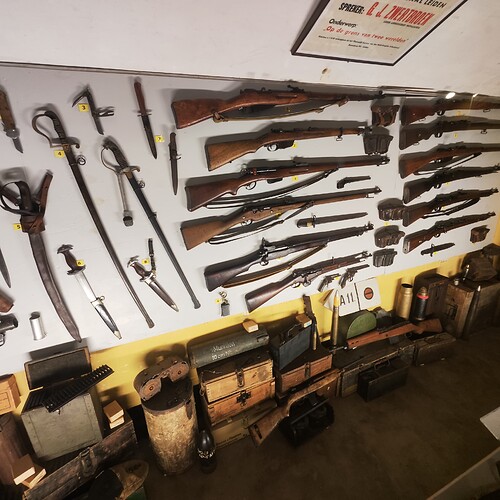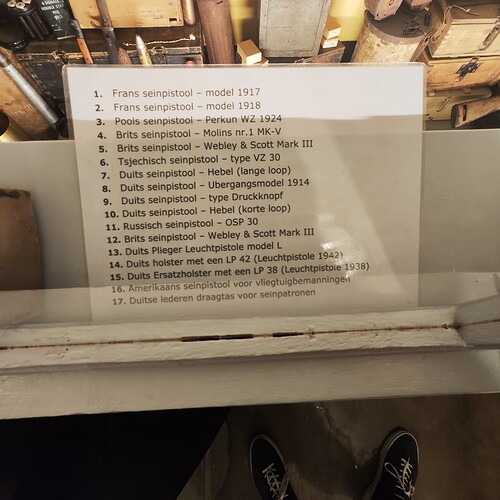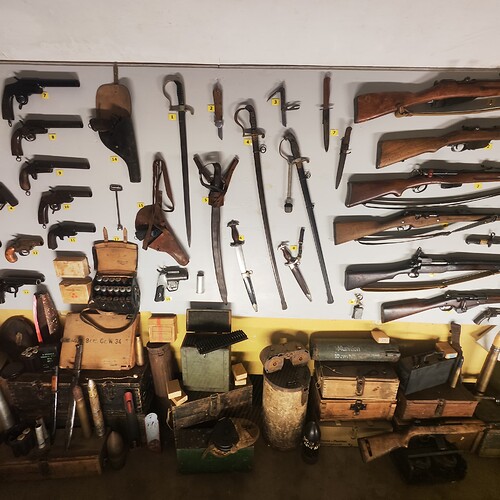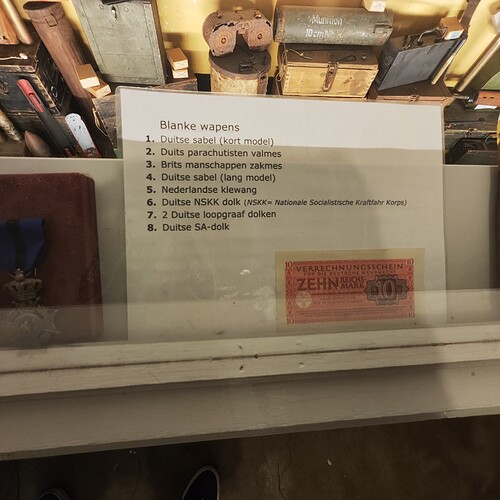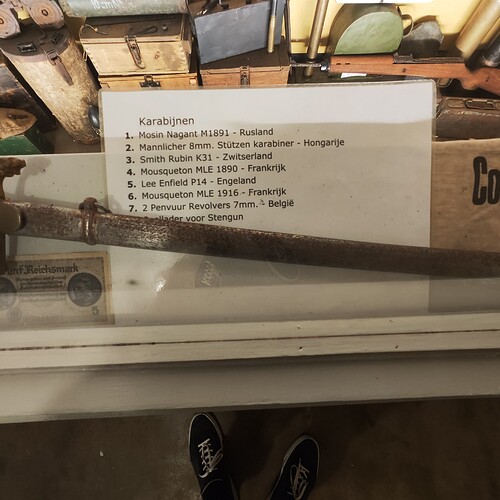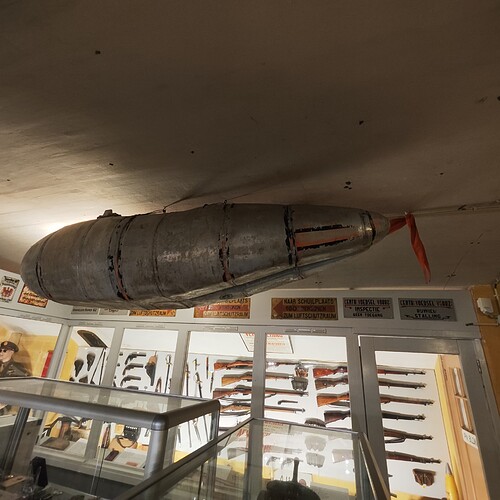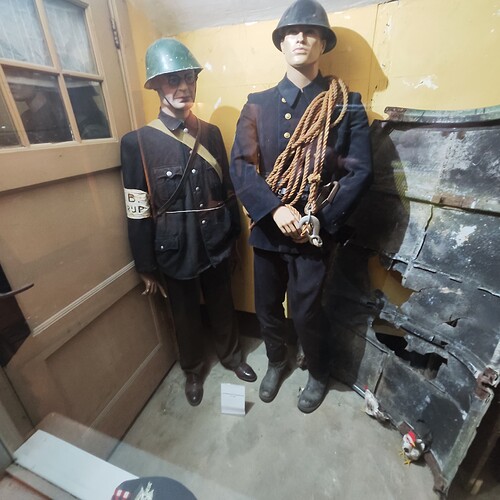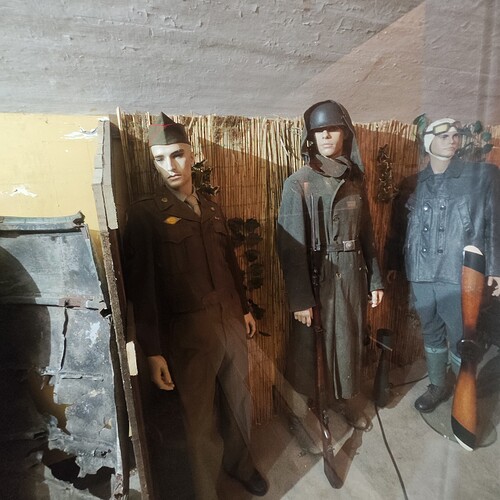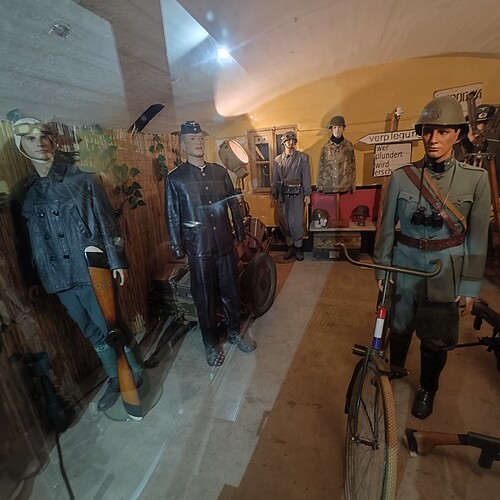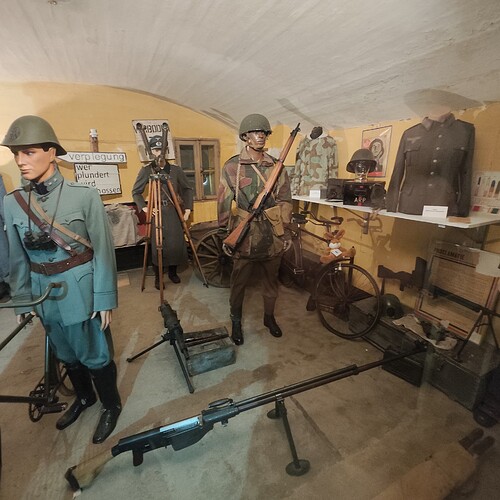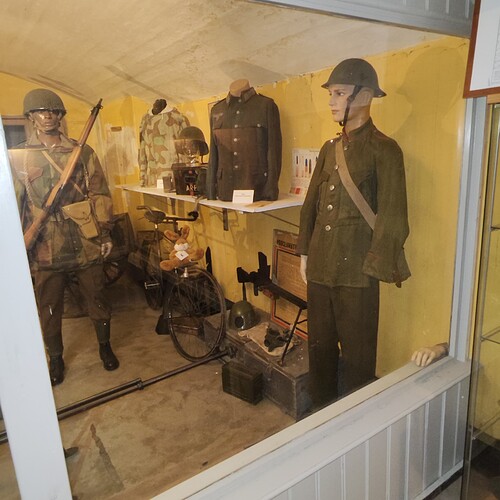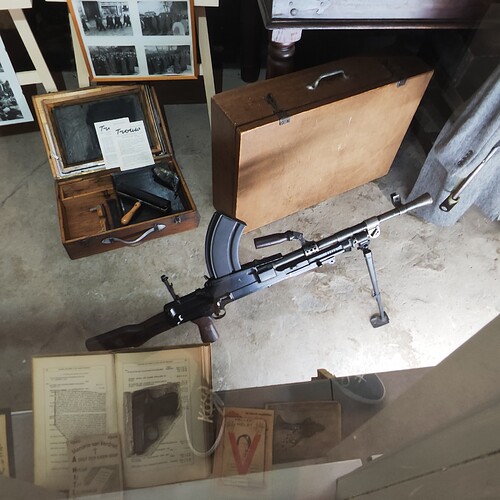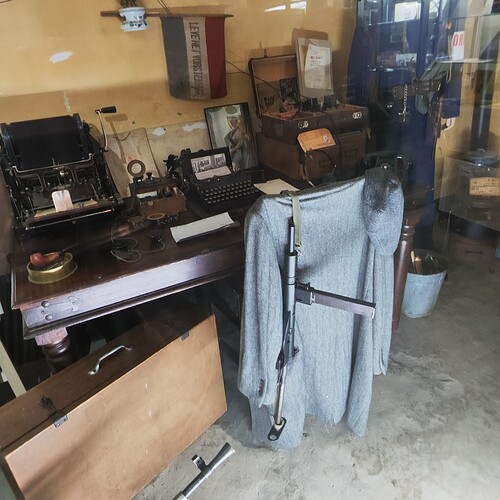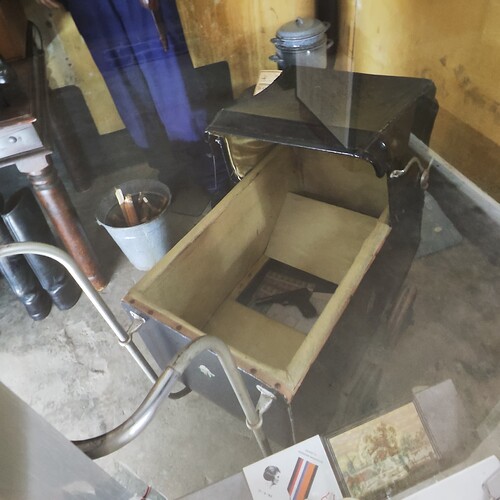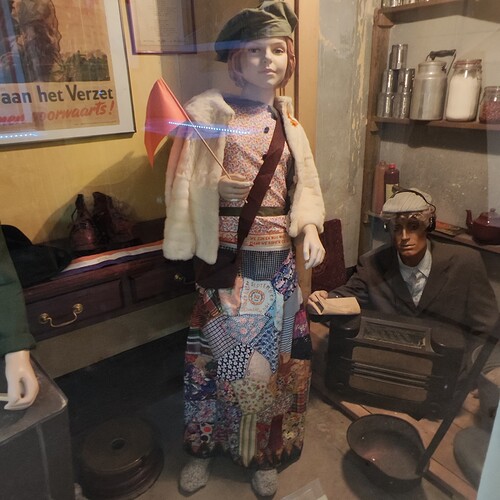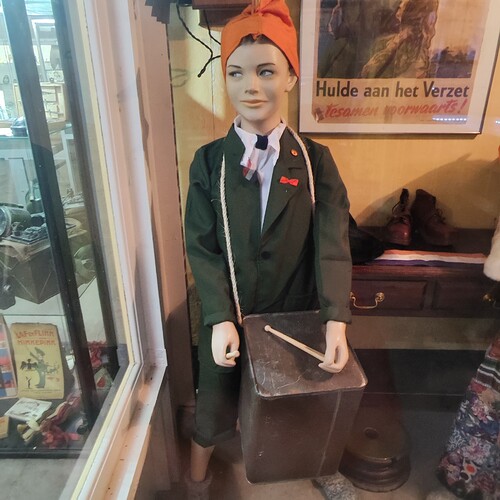Around the capital of Amsterdam, a ring of 46 fortifications, artillery postions, dikes, sluices was constructed in the period of 1880 to 1920 with a total length of 135 kms.
The idea was that, in case of invasion, the capital, with it’s surroundings would function as a national reduit. With the technical situation of the time in mind, the distance between the forts and the capital was nowhere less than 15 km, making it impossible for artillery shells to reach the capital. The space was also needed to provide the expected number of people inside the fortress with sufficient food, at least till an ally came to the rescue.
The Stelling van Amsterdam was a supposed to be a Water line using inundation, a proven Dutch doctrine, which helped them several times. The last time this was used on a large scale, was against the French in 1672. The ideal depth was 50 cm, to deep to walk, to shallow to sail. With the crossing of the country by canals, big and small, those would be invisible too causing drownings and vehicles getting stuck. Locations where the inundations were either impossible (dikes, access roads, railroads) or that were too vunerable to let them just be protected by water were secures by several types of fortifications.
This fort is the most northern of all the forts, and as it was actually situated outside the ring, the most heavy armed. With a large 360 degrees rotating turret containing dual 105 mm guns with a reach of 10 KM, 2x retractable turret with 7 cm guns, 4x 5 cm guns + 4 machineguns at the neck end, 5x postions for 5 machineguns plus various other small arms, manned by 200 men, this was certainly a postion to be reconed with.
During WW2, the Germans removed all 7 cm turrets, to be melted for their arms industry. The 105 turret could not be removed (or destroyed), as this probably would have destroyed the nearby dikes.
The fort is located at the location where 2 large canals come together. All the forts in the water lines are designed to integrate into the landscape, the vegitation designed in such a way, that the fields of fire are maximized for the defenders, while attackers have a hard time seeing the fort. Ofcourse the arrival of airplanes migitated all this.
I it’s carreer, the fort funtioned as a prison for a longer period, than it did as a fort. Tis is very well visible, as there are walls, doors and bars for some of the windows, that orginally were not there orignally. The population varied from internment of foreign military during WW1 (Brits and Germans), NSB members (Dutch National Socialist Party) in 1940, black marketeers during the war and after the war NSB members again. The last population of prisoners consisted of people who refused to go to the Dutch East Indies (nowaday Indonesia) and those who were sentenced to jail for crimes in the Dutch East Indies. As you can imagine, putting these together did cause quite a tense situation at times.
After the last prisoners left, the RAF had a detachment with a radio transmitter at the fort.
The gun turret has been restored by the navy in the 80’s. It should be able to fire, if there was any munitions available. Rotating the turret is impossible, however. Making this workable again, would require a large sum of money, while it doesn’t add anything to the viewer.
In 3 rooms, there is a small private museum, seen in the last pictures.
Now behold and enjoy the pictures.


